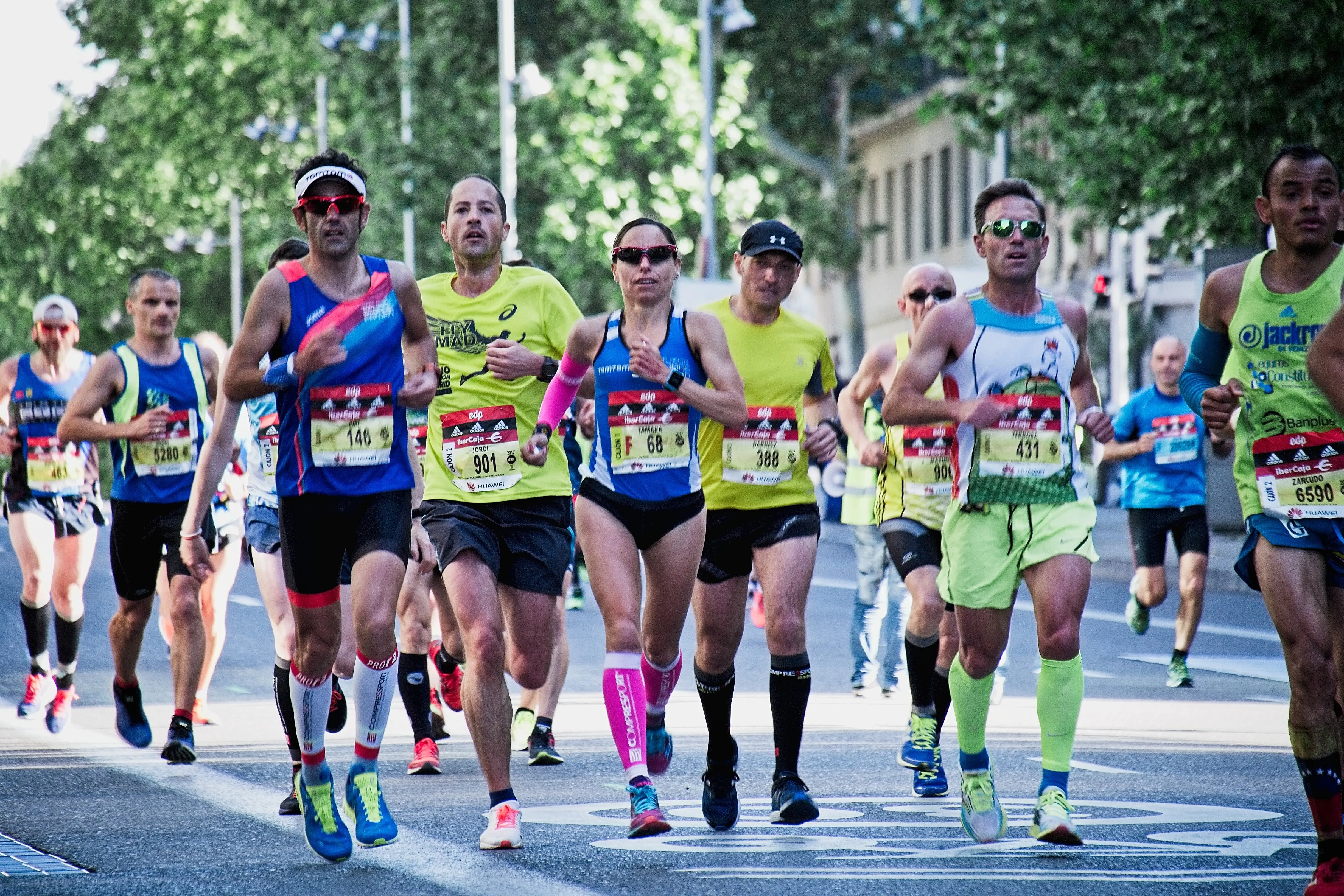The Intersection of Running and Conservation: Eco-Friendly Running Habits

Running. It’s something so simple, so universal. It’s an activity that for many, comes as naturally as breathing. Yet, the impact of this seemingly innocuous activity on the environment often goes unnoticed. As runners, we have a responsibility to pay closer attention to our footprint (both literal and carbon) and find ways to harmonize our passion with the planet's health. This piece will discuss the intersection of running and conservation and provide insights into practicing sustainable running habits.
Running's Environmental Impact
Before we delve into sustainable practices, let's first understand the environmental impact of running. You might think, "I'm just one person running. How much harm can I cause?". The answer lies not only in the aggregate effect of millions of runners worldwide but also in associated activities around running.
Packaging waste from running gear, discarded plastic water bottles, energy consumption from treadmill use, and pollution from running events all contribute to the environmental impact. In fact, according to a study conducted by the Council for Responsible Sport, a single marathon can generate up to seven tons of waste, much of which ends up in landfills.
Adopting Sustainable Running Habits
Despite these challenges, the intersection of running and conservation offers opportunities to redefine our relationship with nature and adopt more sustainable habits. Here are some practical, eco-friendly running habits that every runner can consider:
1. Green Your Gear
The first point of consideration is the running gear. Many running shoes and clothes are made from petroleum-based materials, which can take hundreds of years to decompose. Opt for brands that use recycled or organic materials and have strong environmental policies.
When it comes to retiring your old running shoes, instead of discarding them, recycle or donate them to organizations like Soles4Souls or One World Running.
2. Rethink Hydration
Plastic water bottles are one of the main sources of pollution during running. Consider investing in a reusable water bottle. If you're planning a long run, map out your route to pass by public water fountains, reducing the need to carry multiple plastic bottles.
3. Carpool or Use Public Transit
If you're a part of a running group or club, consider carpooling or using public transportation for your races or training. This reduces individual carbon emissions and allows for a shared running experience.
4. Choose Digital Over Paper
If you're an event organizer, offer digital race bibs and maps instead of printed versions. Encourage online registration and communication to minimize paper use.
5. Support Green Races
As a participant, choose to run in races that are designed with the environment in mind. Many marathons and trail races are now 'green races' with initiatives like waste management plans, recycling stations, and local sourcing of supplies.
6. Run Responsibly
If trail running is your preference, stick to marked paths to avoid damaging local flora. Respect wildlife and leave no trace behind.
7. Advocate for Clean Air
As runners, the quality of our environment directly affects us. Advocate for clean air by supporting policies that reduce air pollution. This will not only help the environment but also improve the quality of your runs.
For those who find solace and strength in the rhythmic pattern of their footsteps on a trail or the monotonous yet therapeutic hum of the treadmill, running is more than just another form of exercise – it's a lifeline. But as we embrace our love for running, we should also reflect on our ecological footprint. By adopting sustainable running habits, we not only contribute to conserving the environment but also ensure that the joy of running can be experienced by generations to come.
Running in harmony with nature does not require monumental alterations to our lifestyle. It merely requires a conscious effort to make small changes that, when combined, create a significant impact. It's about fostering a symbiotic relationship with our environment, where running becomes a vehicle for change – a medium through which we can manifest our respect and care for the world we run in.
In the grand scheme of things, running is much more than a physical activity. It is reflective of our relationship with ourselves and our environment. It's a lens through which we can scrutinize our habits, motivations, and impacts.
Our routes may vary, as may our pace and our reasons for running. Yet, regardless of whether we're trail runners or marathon enthusiasts, whether we maintain a steady jog or chase after breakneck sprints, our love for running binds us together.
So, let's harness this shared passion and direct it towards something bigger than ourselves. Let's run for preservation, for sustainability, for a world that flourishes in its biodiversity. Let's change our course towards more eco-friendly running habits, for the love of running and for the love of the earth beneath our feet.
As we stride into the future, let's ensure that every footfall echoes our commitment to sustainability. Let the rhythm of our run sync with the heartbeat of our planet. After all, we are not just runners. We are caretakers, guardians of the paths we tread, the air we breathe, and the world we call home.
To run is to be free. But to run with awareness and respect for our environment - that is to be truly alive. Embrace this intersection of running and conservation, and let your footprints be green. For every finish line crossed, every new route discovered, let's remember - we're running on a planet that needs us just as much as we need it.



